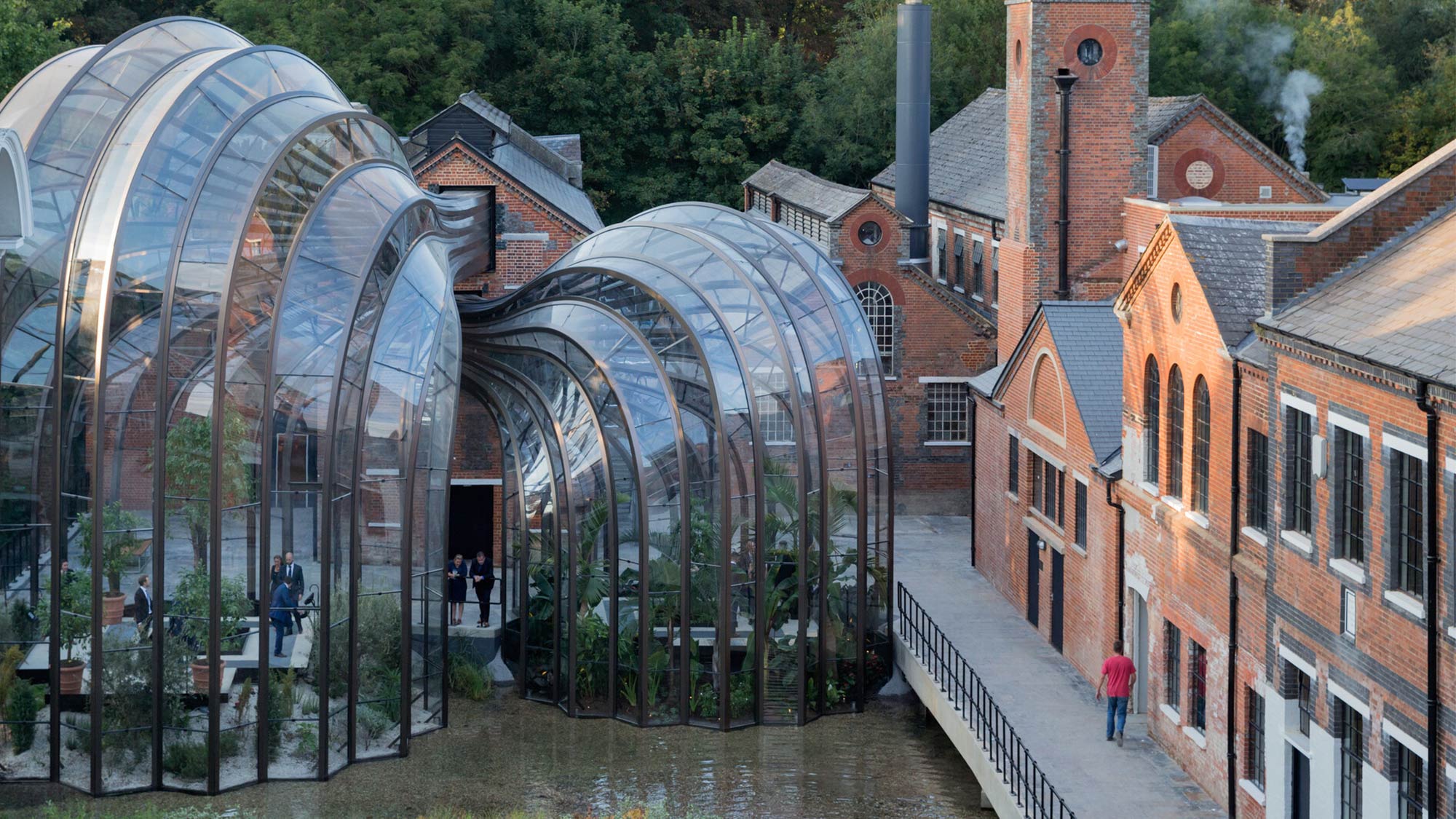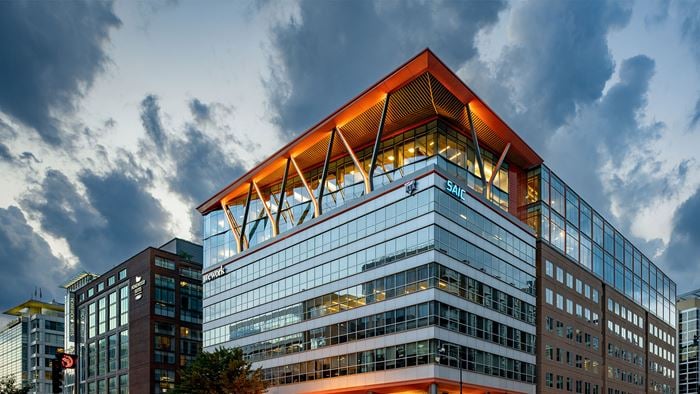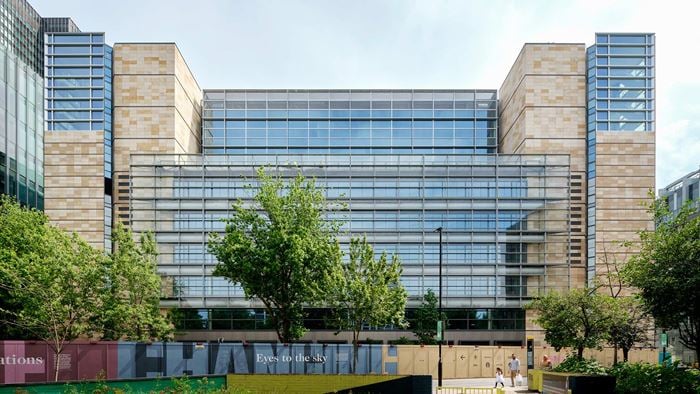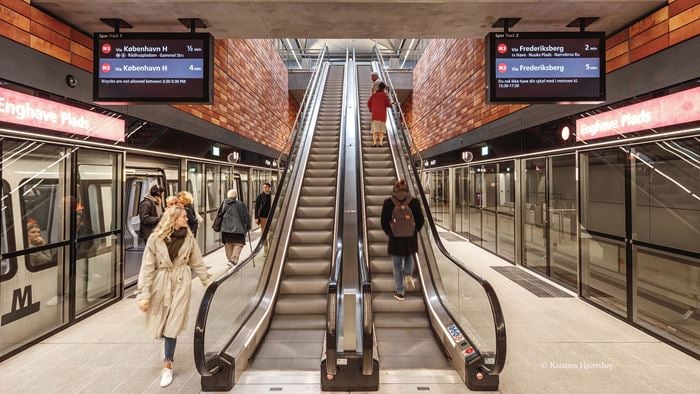The solstice this year was a typical gross, sticky New York summer day. “Why do they make it so hot outside?” I asked a colleague after arriving, grateful for the air-conditioned office. He replied paraphrasing the famous line often attributed to Mark Twain: “Everyone complains about the weather, but no one does anything about it.”
Clever — but not quite as funny to a modern ear. Not with rising temperatures, intense heat waves, severe droughts, and year-round fire seasons now on the menu. We did do something about the weather, and goodness knows we wish we hadn’t.
We are living at a time of inflection points, of the concurrent crises of anthropogenic climate change, biodiversity loss, resource depletion, and unsustainable global inequalities in health and wealth. As designers, engineers, planners, and builders of the built environment, we have an outsized impact when confronting these challenges.
A material future
I am a materials engineer, which means I concern myself, down to the micro- and nanoscale, with stuff. We’ve built a world out of stuff — steel, concrete, glass, plastics, ceramics, stone, wood. Materials engineers help select, source, refine, manufacture, and mix that stuff to make sure it does what our colleagues’ designs require. We’ve built a world out of stuff, but we’ve done it in a way that has left us on a precipice. If we want to achieve a desirable future — one that is cognizant of planetary boundaries, which accomplishes sustainable, equitable development — we need to build that future out of the right stuff.
But what is the right stuff?
At project scale, it will depend on context and aims: What’s the budget? What does the client want in form and function? How long will the asset be around? Where is it being built? How skilled are the constructors?
But more broadly speaking, the materials we choose and how we use them are fundamental to achieving a sustainable, desirable future.
It’s widely recognized, for example, that there will have to be less carbon-intensive concrete in our materials future. If concrete were a country, it would be the third largest carbon emitter in the world. The culprit is cheap, ubiquitous Portland cement, incorporated as one of the key ingredients in concrete everywhere. Replacing this cement with other materials — often by-products from industrial processes like steelmaking or coal-powered energy production — not only reduces carbon impacts but also offers important performance enhancements, like better corrosion protection for rebar.
The 80 M Street project will be the first commercial office building in Washington DC to feature a vertical extension constructed using mass timber. Image courtesy of Hickok Cole.
Another common refrain is that the future belongs to wood and wood-based composites. These materials can serve as low-carbon alternatives to concrete and steel, in full compliance with modern structural and fire codes. Many dream of future forest cities where low- and mid-rise buildings are built from structural wood products, and where the floorplates in commercial offices are held up by wooden vaults.
These changes would have a profound effect, but there is a danger in assuming that they alone will get us where we need to go.
For example, replacing Portland cement with supplementary cementitious materials would greatly reduce embodied carbon, but the supply of those materials is finite, variable, and highly sought after. It is not unheard of for a major infrastructure project to consume all the supplementary cementitious materials available in a country. Likewise, wood and wood composites offer strong carbon credentials, especially if they are sourced from sustainably managed forests rather than those managed to legal minimum forestry standards. If a market grows to demand wood-based building products but doesn’t also demand sustainable provenance, we’ll have missed a major opportunity.
We shouldn’t think of our materials future only in terms of the amount of this used or that consumed. Doing so encourages oversimplification and doesn’t challenge any of the assumptions baked into our current linear models of consumption. Instead, we need to be more diligent and creative in how we measure, understand, and talk about complex material flows. More importantly, we need to get better at thinking about materials as things in development, in motion from their current use to their next.
It will take a long time to build a truly circular economy, one that keeps engineered products and materials in use to minimize waste and pollution. But the same motto many of us learned in school still holds up (with some re-emphasis) as a useful governing principle: Reduce, reuse, … recycle. Reduce consumption, especially of virgin and carbon-intensive materials; reuse what we’ve already made through better preservation, life extension, and sensible end-of-(this)-life choices; and, as a last resort, recycle finished products back into raw material.
Our work on 1 Triton Square in London saw us recycle and repurpose many of the materials from a building we designed 20 years ago. Image courtesy of Simon Kennedy.
Enabling paradigm shifts
We’re already putting some of this thinking into practice.
Historically, for example, it was considered impossible to reuse or even recycle glass from building façades. The process of cleaning it, let alone inspecting and processing it for reuse, was too unsafe, expensive, and difficult. So, glass went to landfill.
Now, that’s changing. With a bit of ingenuity — and the whirring motors of touch-sensitive robots — it’s possible to disassemble façade panels, then clean, polish, and inspect the glass panes for reuse. Our next ambition is to design “breathing” double-pane units, which would simplify façade maintenance, disassembly, and reuse.
There are substantial carbon savings to be realized through incremental improvements like these. But materials, novel as well as conventional ones, promise to enable paradigm shifts in an industry desperate for them as it decarbonizes.
Consider air-conditioning, an energy hog and climate villain that is already ubiquitous in parts of the world, rapidly becoming popular elsewhere, and increasingly vital to health and wellbeing as the climate becomes more extreme. One hundred years have seen incremental improvements to the technology of using chemical refrigerants to move heat from one place to another.
Now, materials-enabled technologies offer completely new ways to produce cooling or strip humidity from the air. There are nanostructured paints that cool themselves with no electricity input by radiating heat straight into space. And there are graphene oxide filters that pull water vapor directly out of the air. A personal favorite, which recognizes that in most building contexts, the point isn’t to cool air, it’s to cool people: a mock-up done in hot and humid Singapore that circulated chilled water inside walls to keep people cool through the high view factor exchange of infrared energy. That is, they made the wall surfaces cool so that they absorb body heat and don’t radiate it back, producing a chilled feeling you might recognize if you’ve ever stood in front of a waterfall. To avoid condensation issues at the wall surface without blocking radiant exchange, the designers used a material not too different from a trash bag.
The study in Singapore serves as a useful lesson. The technologies available to us are constantly evolving, changing the way we design buildings. To build an equitable, sustainable future, we must keep an open mind and welcome new paradigms in how we choose our materials.
With the right mindset and the right stuff in hand, we can walk back from the precipice.
 ;
;




